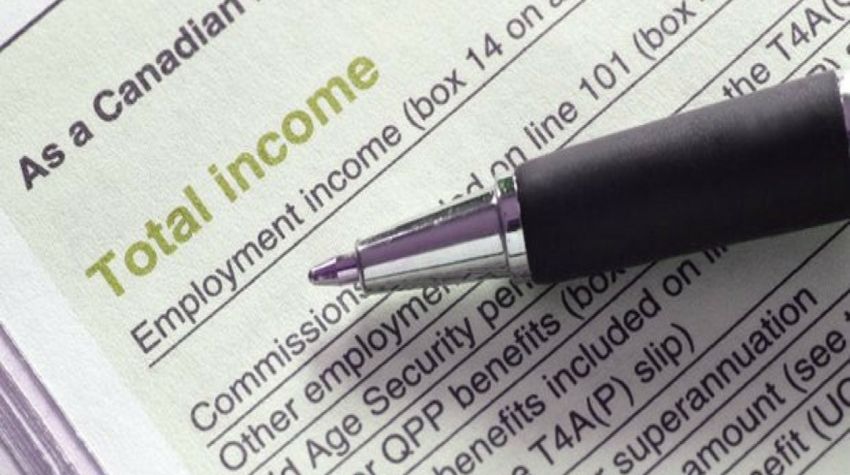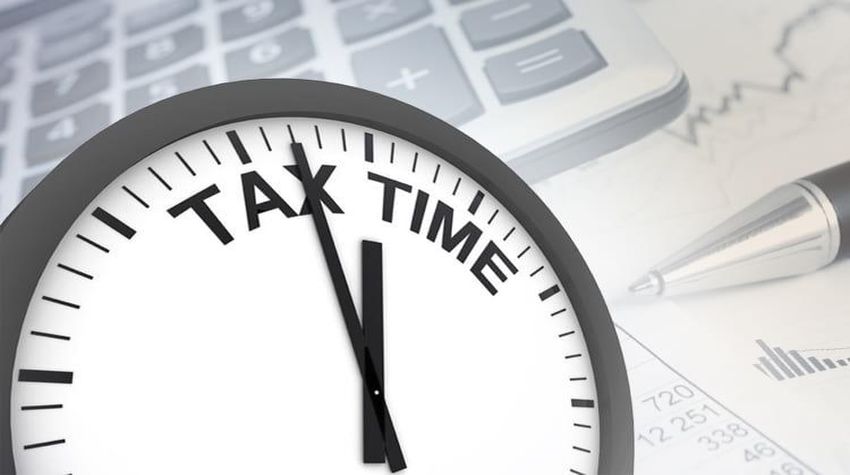If you filed your taxes and found you’re getting a refund this year, you might be wondering how to use the money. Once you’ve determined you’ll be getting a tax refund this year, you’ve got options when it comes to using your extra cash. It can be tempting to spend the sudden windfall on a shopping spree, but if you’d rather play it safe this year, we’ve put together seven sensible — but satisfying — ways to use your tax return.
1. Pay Down Your Debt
If you’re carrying personal debt, you’re not alone. The average household debt hit $72,950 at the end of 2019, up 2.7% from the previous year, according to a recent consumer debt study. By using your refund to pay down your debt, not only will you lower your current balance, but you’ll also reduce the amount of interest you’ll pay on your remaining balance — and that will put more money in your pocket down the road.
2. Open or Contribute to a Tax-Free Savings Account (TFSA)
A TFSA is a great savings tool for both short- and long-term goals. It’s a flexible savings plan that lets Canadians who are 18 years and older save and invest tax-free, with competitive interest rates. Anything you contribute to a TFSA, as well as any income earned in the account (such as investment income and capital gains), is generally tax-free, even when it’s withdrawn.
3. Boost Your Registered Retirement Savings Plan (RRSP)
If you’re getting money back in the form of a tax refund, a smart way to use the money is to stash it away in your RRSP. An RRSP is one of the most effective retirement saving tools available to most Canadians. And since your money is sheltered and doesn’t get taxed until you withdraw it, your funds can grow even faster.
Another benefit is that RRSP contributions are tax-deductible, which means they lower your annual taxable income for the next year. To find out your RRSP deduction limit, look at your latest notice of assessment or check with the Canada Revenue Agency (CRA).
4. Spend a Little, Save More
If you’d really like to treat yourself to something new with your tax refund, there’s a way to do it without feeling guilty. A good compromise is to buy one (reasonably priced) treat and put the rest of the money into your savings. Where you save the money is up to you. You’ve got plenty of options: a regular savings account, a Tax-Free Savings Account (TFSA), or an RRSP. Putting a good chunk of your tax return in your savings is a smart move, especially during tough financial times.
5. Save for Your Kids’ Future
If you have kids, you can use your tax refund to boost their education funds. The cost of university is steadily rising, and the sooner you can start saving for it, the better. A four-year degree is likely to cost more than $100,000 — making a Registered Education Savings Plan (RESP) one of the best investments you can make in your child’s future.
6. Invest in Your Home
We’re spending more time at home than ever, so why not use your tax refund to improve where you live? You can do this in a couple of ways. If you’re thinking of buying a new home, you can use your refund to save up for your down payment (you may even be eligible for a first-time home buyers’ tax credit). Or if you already own a home and you’re content, consider investing in renovations, whether it’s a big project like giving your bathroom a total refresh, or a smaller investment like creating an office nook to make working from home more enjoyable. It may seem like an indulgence, but by upgrading your home, you’re actually adding value to it for the future.
Getting a tax refund can feel like an unexpected gift. To make the most of the money and bring yourself peace of mind, it’s a good idea to resist the urge to spend it all, and instead take the time to think about how you can use your refund to make the biggest impact.



